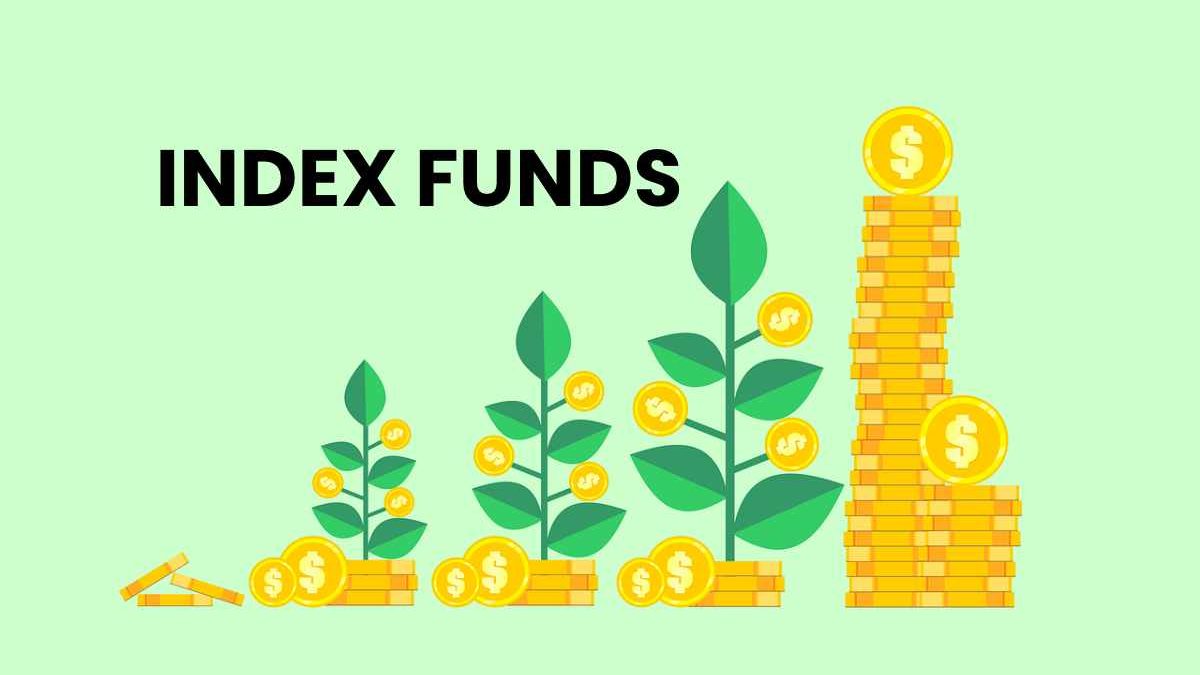How to Invest in Index Funds India
Table of Contents
Introduction
Passive investment is a long-term funding strategy to maximise returns by minimising buying and selling. Unlike active investing, which involves frequent trading to outperform the market, passive investment involves holding a diversified portfolio of assets to match the market. The most common passive investing approach is to buy index funds, which mirror segments of the financial market.
For investors interested in passive investing, leveraging the best app to invest in mutual funds can streamline the process. This user-friendly platform provides access to a diverse array of index funds, enabling investors to effortlessly build and manage a passive investment portfolio aligned with their financial objectives and risk tolerance. If you’re new to this concept and wondering how to invest in index funds in India, we’ve got you covered. Let’s take a closer look at this topic.
What is a Passive Mutual Fund?
A passive mutual fund is a buy-and-hold investment strategy that targets boosting income without frequent transactions and selling actions.
While index funds and ETFs mimic the underlying asset relating to an index or a commodity, they fail to meet the diversity and performance requirements needed for active investors. ETFs can be traded even when markets are closed, while index funds buy a basket of stocks that mirror the index’s constituents in the same proportion as they are represented in the index.
Advantages of Passive Investing
Passive investing offers the following advantages discussed below for investors looking to build a diversified portfolio with ease, especially when using the best app for mutual fund investment.
-
No human bias
Passive investing helps avoid human bias and the difficulty of beating the market. Many investors aim for high returns, but passive investing focuses on matching the performance of a benchmark index. This approach aims to provide similar returns without the need for active management.
-
Simplicity
Passive investments are easier to manage and track than mutual funds with active management. If the index changes itself, the fund manager sticks to the programming. He rebalances the system only when the underlying index alters. With these changes, the index’s components can vary according to index exposure.
-
Return
Over the long term, equities perform well in emerging economies like India. A broad definition often captures this positive sentiment and can be a convenient tool for intervening in the narrative of economic development.
-
Cost-effectiveness
Actively managed funds have higher fees than index funds and ETFs – these have lower fees because they just aim to match market returns rather than performing active management. However, factors like ETF volume, batch impact fees, tracking errors, and stock exchange fees should be considered when selecting ETFs or hidden stocks. Opting for index funds or low-cost ETFs can save you more money in the long run than high-cost options.
-
Diversification
For most folks, passive funds are the first and the best option to invest, allowing them to diversify their investment without much hassle. The indices which have market capitalisation as their basis and distribute the effect of a single stock upon the entire portfolio are minimised.
-
Portfolio Strategy
Starting with a diversified portfolio, including Nifty 50 and Nifty Next 50 indexes, is a solid foundation. Investing in medium-cap indexes like Nifty Midcap150 is significant for those comfortable with speculative risks. Knowledgeable investors can consider a core-satellite strategy by owning a mix of non-style index funds and a few sector-specific funds. This patient approach to investment could lead to favourable outcomes in the future.
Things to consider when choosing a Passive Fund
- Tracking Error: This measures how closely a fund tracks its underlying index. A lower tracking error is preferred.
- Expense Ratio: This is the annual fee charged by the fund. Lower expense ratios are better.
- Index Selection: Consider your investment goals and risk tolerance when choosing an index to track.
Enroll in our stock market course today!
Conclusion
Passive investing, which minimises buying and selling activity while maximising returns, offers investors a prudent long-term investment strategy. Investors can benefit from lower costs, simplicity, diversification, and potentially higher long-term returns by opting for index funds and ETFs. With the Indian market witnessing a surge in passive investment options, investors can leverage the best website for mutual fund investment to access these benefits and grow their wealth steadily over time.
FAQs
- What are some common types of passive investments? Common types of passive investments include:
- Index Funds: These mutual funds mirror the holdings of a specific market index, such as the Nifty 50.
- Exchange-Traded Funds (ETFs): Like index funds, ETFs track an underlying index but trade like stocks on a stock exchange.
- What are the main differences between passive and active investing strategies?
Passive investing strategies aim to match the performance of a specific market index by holding a diversified portfolio of assets. In contrast, active investing involves frequent buying and selling securities to outperform the market. - Do index funds focus on any specific sectors or industries, or do they provide broad market exposure?
Index funds typically provide broad market exposure by tracking a specific market index, such as the S&P 500 or the Nifty 50, rather than focusing on specific sectors or industries. However, sector-specific index funds are also available for investors looking to target particular industries, like banking sector index funds, technology sector index funds, etc.

